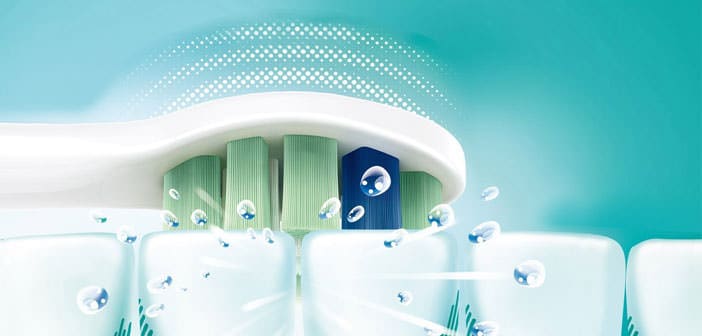If it is more effective, an electric or manual toothbrush is still an open issue, and the debate is very heated even among professionals. However, beyond personal opinions, there is a premise to be made: the toothbrush’s effectiveness depends mainly on its use.
A right brushing technique is essential regardless of whether a manual or electric model is used.
The classic manual toothbrush is undoubtedly the most used for the daily oral hygiene of adults and children. Over the years, it has evolved considerably, offering increasingly refined variants to adapt to all teeth and sensitivity types.
It is increasingly replaced by electric toothbrushes, which provide greater power with less effort. Let’s go into the specifics and carefully compare the two types.
Table of Contents
Electric toothbrush: Features and Functioning
Interestingly, several recent studies state that electric models can remove 97% of bacterial plaque without damaging the gums. About 90% of professionals (hygienists and dentists) are estimated to use electric toothbrushes for oral hygiene. Let’s see how it works to understand if it is so effective.
The electric toothbrush autonomously carries out three types of movement: rotary, oscillating, and pulsating. No more rubbing your teeth with commitment; pass the toothbrush on the dental arch, and you’re done. In so-called sonic models, the heads vibrate high frequencies, ensuring superior cleaning efficiency.
They can be rechargeable or battery-powered, offering accessories and interchangeable heads to adapt to different needs. Among the advanced features, the most interesting is the pressure sensor and the intensity adjustment, which are much appreciated by those with sensitive teeth and gums.
Also, most models have timers to spend the right time brushing. Dentists claim that the ideal time interval is 2 minutes, and the electric toothbrushes emit an audible signal every 30 seconds, alerting us when it is time to move to the next arch.
Are they safe for children too?
Sure. There are specific models for children on the market, designed with a special design and heads with soft bristles. Teaching the right brushing technique to children or persuading them to brush their teeth is not easy. Still, a specific electric toothbrush for children could make everything more fun and intriguing, and stimulate them to use it, guaranteeing parents a more technically correct and deeper hygiene.
Pros of the electric toothbrush
- Easy to use; Built-in timer
- Interchangeable heads for greater versatility
- Less effort and better results
- Fun for children
Against the electric toothbrush
- It requires recharging or replacement of batteries.
- More expensive than manual models
- Less suitable for travel because it is more cumbersome
Manual toothbrush: features and functioning
If it has lasted all these years and continues to be used, it means that even the manual toothbrush has its reason. The important thing, as we said, is to brush your teeth correctly.
The recommended technique is to keep the head inclined at 45°, making gentle circular movements on each tooth. There is no need to explain how a manual model works, but it may be useful to summarize this type of toothbrush’s pros and cons.
Pros of the manual toothbrush
- Effective with the right brushing technique.
- Different types of bristles, heads, and colors to choose from.
- Ideal for travel.
- It does not require batteries or recharging.
- Cheap.
Against the manual toothbrush
- More tiring.
- There is hardly any time or patience to apply the correct brushing technique.
- It does not have a timer, and you must guess the times.
Electric toothbrush or manual toothbrush: which one to choose?
No answer is good for everyone. Much depends on personal preferences and how you find yourself with the two alternatives. The manual toothbrush is certainly very convenient to carry with you always: keeping it in the bag for emergencies and putting it in your suitcase for travel and transfers does not cause discomfort.
The electric toothbrush is heavier and annoying if you have little space available. However, it may be the best choice for those who cannot properly brush their teeth with a manual toothbrush, such as the elderly and children. In addition, electric models do everything autonomously, making cleaning operations much easier.
Whatever your choice, always replace the heads periodically (in electric models) or change the brush (manual) regularly for more complete and deep oral hygiene. In addition, it is advisable to use a dental water jet after washing.
For more details on this subject, read the Top 10 Best Water Dental Flossers for Perfect Oral Hygiene.
